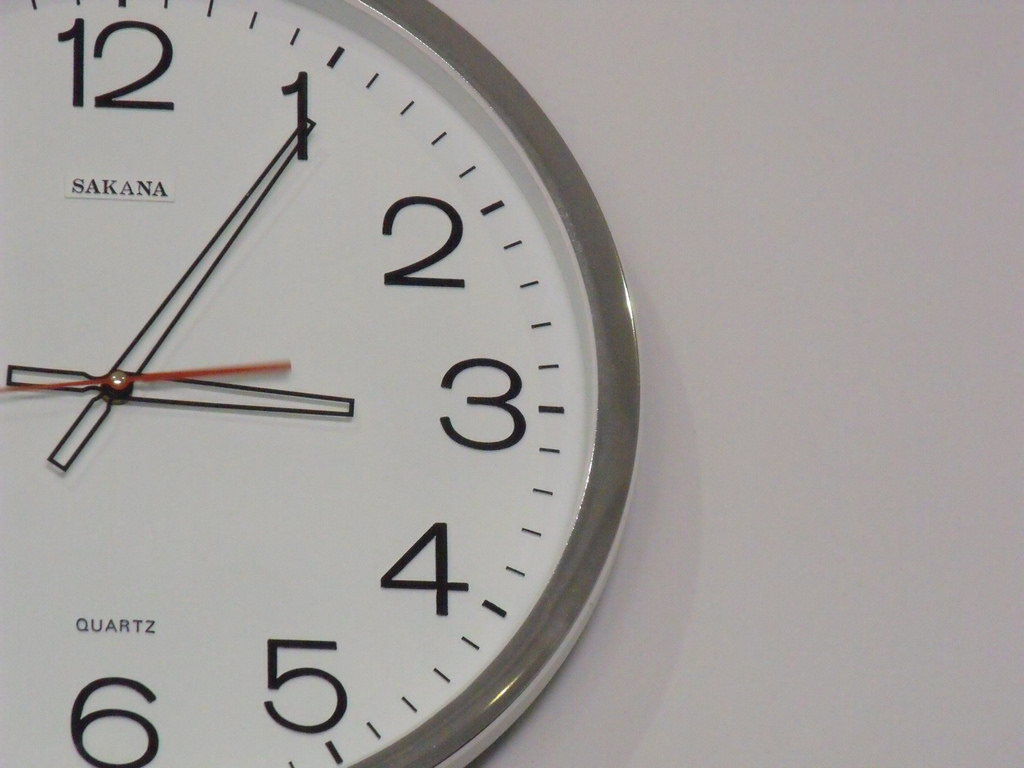
Who among us couldn’t use a little more organization in our lives? Whether you are just discovering the wonders of planners or you are hyper-organized already, there are a few ways you can work smarter, not harder toward accomplishing this goal. We’ve gathered seven simple tasks that can set you on the path to perfect planning
1. Create Categories
Just about everyone has some basic categories under which all their tasks fall. These are things such as:
- Home
- Work
- Family
- Personal
- Money
- Long-term
Keeping your to-do list and appointments organized based on these headings can make a huge list seem more manageable. Plus, tasks in some categories, such as “home” may only be possible to accomplish on the weekends, which helps you prioritize your weekdays. The opposite could be true for “money,” which mostly must happen between Mondays and Fridays.
Related: Increase productivity with standing desks
2. Consider Color
Once you’ve created your categories, you might want to assign a color to each one. Get yourself a rainbow pack of highlighters or writing pens and then color-code all of the entries in your planner. If you are a visuals-oriented person, this method can help you see what you need to be working on with just a glance. As an added bonus, having a little color on your list makes it seem a bit less intimidating – and all the more rewarding when you cross a task off the list.
3. Brain Dump
When putting together your planner, try to think of every possible thing you want to get done. Be specific, and don’t feel you have to leave things out because they are too big as projects. Include birthdays, appointments, phone calls to make, household chores and goals you want to accomplish. After you’ve written down everything you can think of, then it is time to organize the list according to category and priority.
4. To-Don’t List
Many people struggle to stay organized because they spend time on tasks that are more pleasurable than the harder chores in the planner. But these distractions usually work against you. It is OK to create a to-don’t list, which will include things you want to accomplish someday but not in the immediate future. When you start to feel yourself go on a tangent, remember to stick to the to-do list and not the productivity-sapping to-don’t list.
5. Consolidate Calendars
If you have a anniversary/birthday/holiday calendar, a medical appointment calendar and a work deadline calendar, you are juggling too much. Find one planner format that will accommodate all the different scheduling types that you maintain and fit the important stuff into that. That way, you will have a wide overview in front of you at all times, and you can even color code each type of task (see No. 2, above).
6. Planner Pamper
The only thing that competes with the satisfaction level of crossing something off a to-do list is the handfeel and aesthetic nature of an attractive, well-organized planner. The smell of the pages, the geometric designs of the calendar pages and the heft of the book all add to the appeal. Even if you are more drawn to electronic planning apps or your cell phone calendar, there’s something appealing about choosing the system and look that’s just right for you.
7. Make It a Habit
Finally, take the time to update your chore lists and appointments every day. Not only will you keep on top of your time management, you’ll also be creating a healthy habit after a stretch of time. It doesn’t have to take more than a few minutes to cross things off or add them, and you’ll be glad you made the time.
Getting organized isn’t difficult when you get a planner, make your list and keep it updated. These seven tips should keep you on track.
You might also enjoy: Mini-guide for home business


